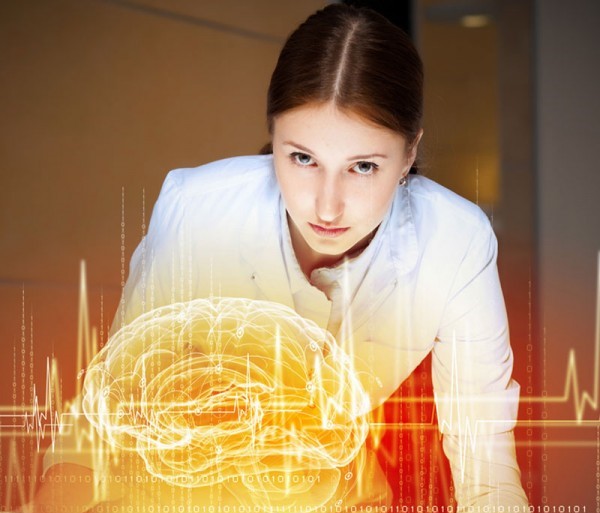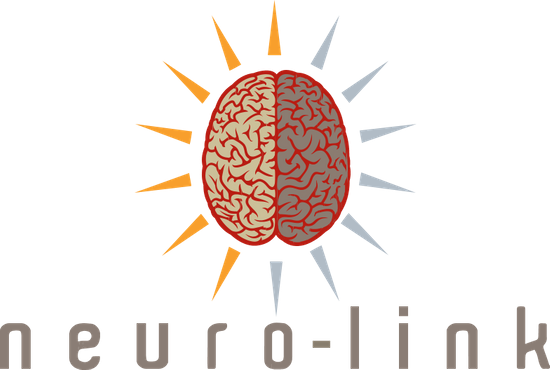Educational Development Program
Do you know how your neurological design influence the way you teach and how your learners learn?
Neuro-Link specializes in the neuroscience of learning. We help schools, colleges, and universities move performance forward by utilizing neuroscience assessments and learning solutions to drive learning results. Developing learners’ potential is our passion. Neuro-Link is the neuroscience of learning partners of schools, universities, and educational institutions. We offer them a an assessment of learners’ learning potential and learning solutions to optimize the performance of their students. It ensures their learning practices are aligned with neuroscience research improving the quality of teaching and obtaining even better results.
Program Overview
Assessments for Teachers:
The NAP™ Advanced+ assessment is done with teachers/lecturers to understand their own neuro design and how it will influence the way they teach.
Assessments for Students:
The NAP™ Toolbox brain profile assessment is done with students to understand how uniquely the student prefers to learn and how their learning performance can be improved.
Student Debriefings:
A group debriefing is held with parents of students to help them understand how the student prefers to learn, how they can assist the student learn better, easier, faster and how to align subject and career choices with the students’ Neuro Design.

Teacher Training:
Based on the neuroscience of learning research, the following themes are covered:
- Learning implications of the brain
- Impact of people’s neurological design (potential) on learning
- Brain ergonomics (humanizing) the classroom
- Brain fitness activities to improve the transfer of learning
- Designing educational material according to the learning preferences of the brain
- Aligning subject and career choices with their Neuro Design.
- Learning strategies for Learners
- Emotional intelligence for the classroom
Student Training
Students do a study skills course to align their learning strategies with their unique brain profile.
3 Phases Teacher Training
Phase 1: Neuroscience of Learning (1-2 days)
- How the brain works and learns
- Understand your unique neurological design and thinking preferences through your NAP™ Toolbox assessment
- Understand the unique learning implications of the brain and how to accommodate it in the classroom
- Brain integration techniques to improve the transfer of learning
- 7 Drivers that optimize brain performance in the classroom
- 3 Combinations of brain integration techniques for the classroom
- Create a brain friendly learning environment
Phase 3: 12 Emotional Intelligence Competencies
- How emotional intelligence influence a learner’s ability to learn
- Evaluate your 12 emotional intelligence competencies
- Develop a plan of action to optimize your emotional intelligence competencies
- How you can develop emotional intelligence skills while teaching your subject
- Emotional intelligence
- Leadership development
Phase 2: Learning Skills:
- General approach to learning
- Memory techniques
- Concentration skills
- Note-taking skills
- Reading approach
- Learning preferences & brain fitness
- Whole brain learning

Application Value of the NAP™ for Educators
Neuro-Link has developed the Neuro Agility Profile™ Toolbox for:
- Teacher/lecturer training – educating facilitators of learning to understand how these 13 Neuro Agility factors will influence their style of learning transfer as well as that of their learners and aligning their learning transfer to be inclusive of all learning preferences.
- Subject and career choices – parents, children, students, educational psychologists, teachers, remedial teachers and career psychologists will be able to make more informed subject and career choices with a predictive analyses, aligning their neurological design with the choices they make.
- Learning performance optimization – learners will accelerate their learning and obtain better results when identifying their unique learning preferences and aligning their preferences with obtaining appropriate learning strategies and skills.





